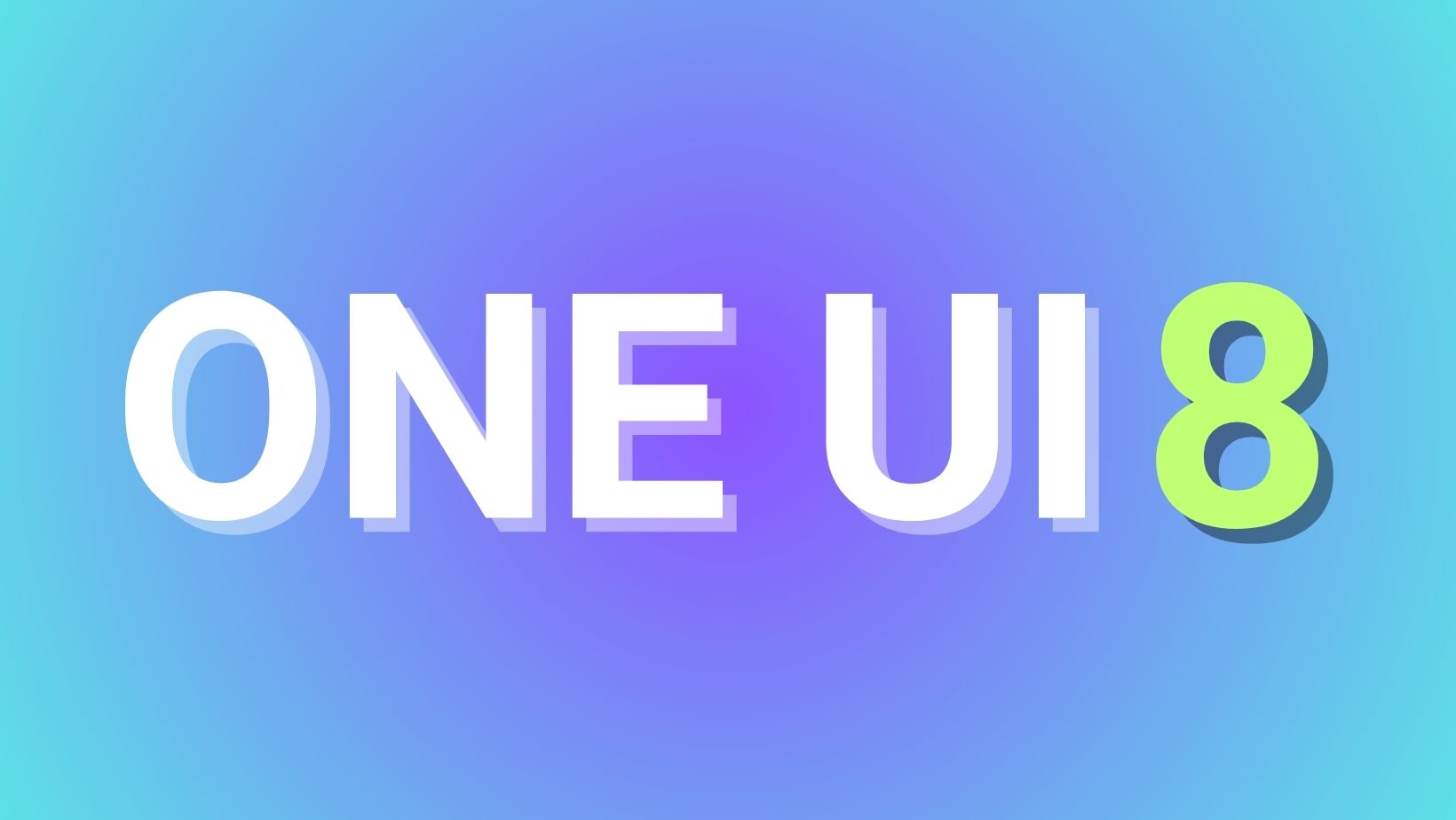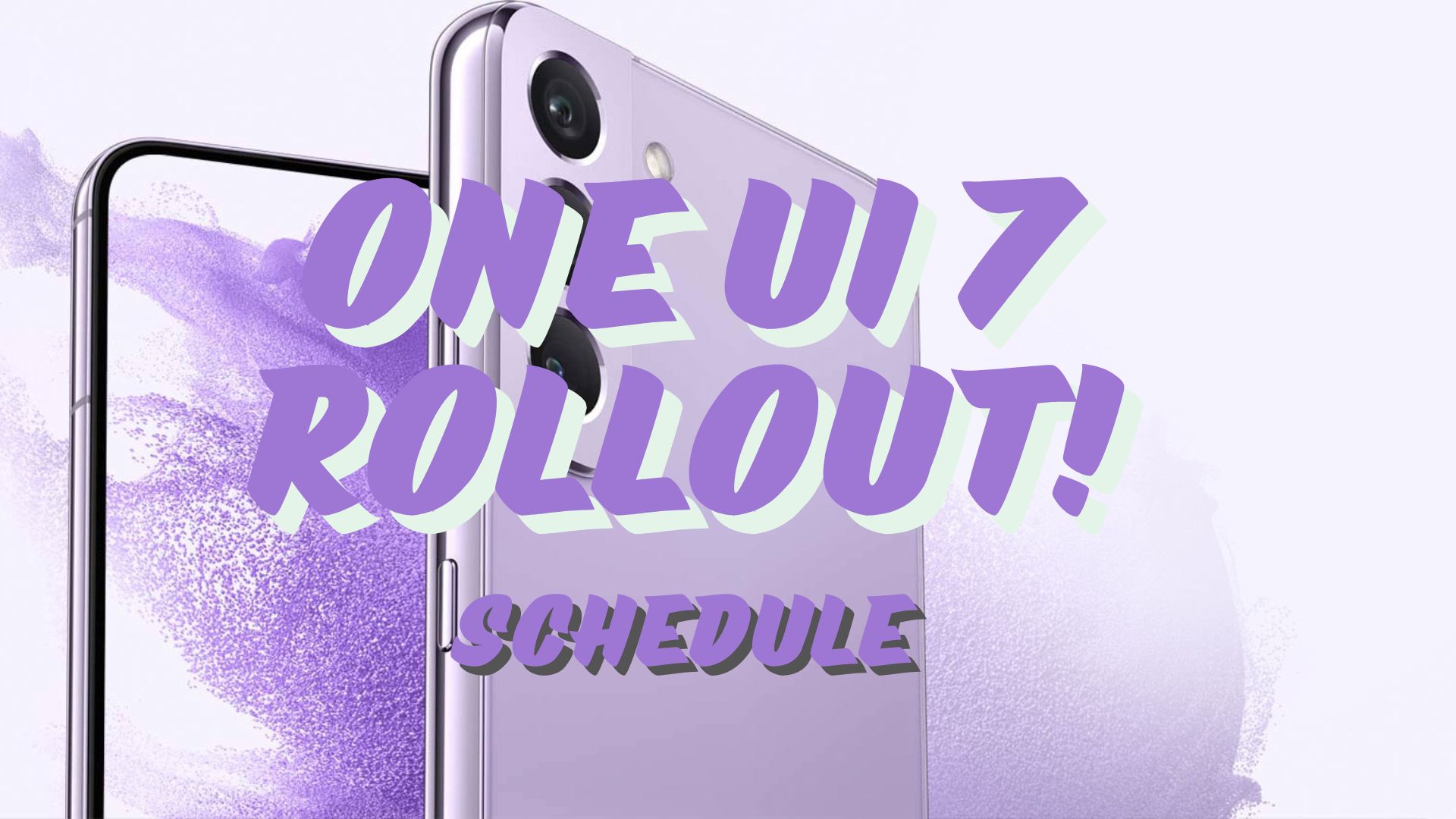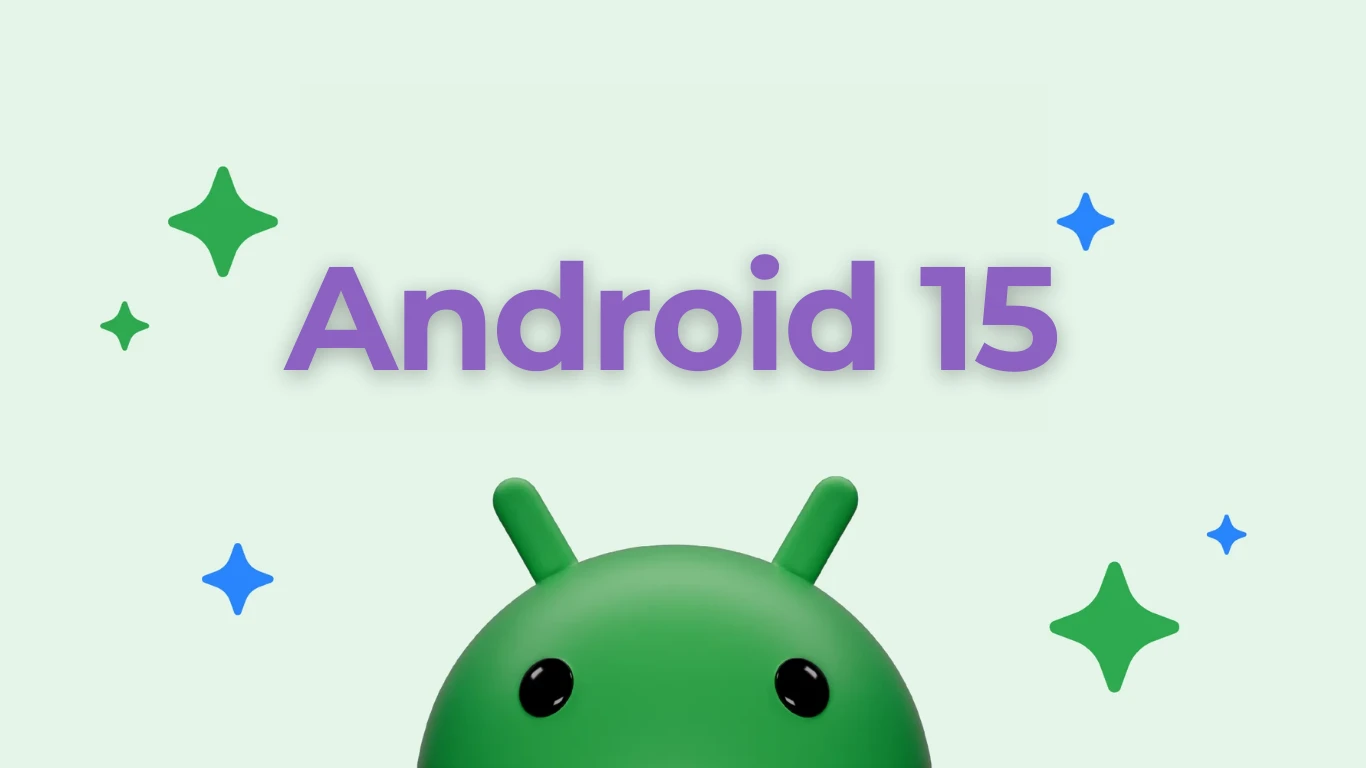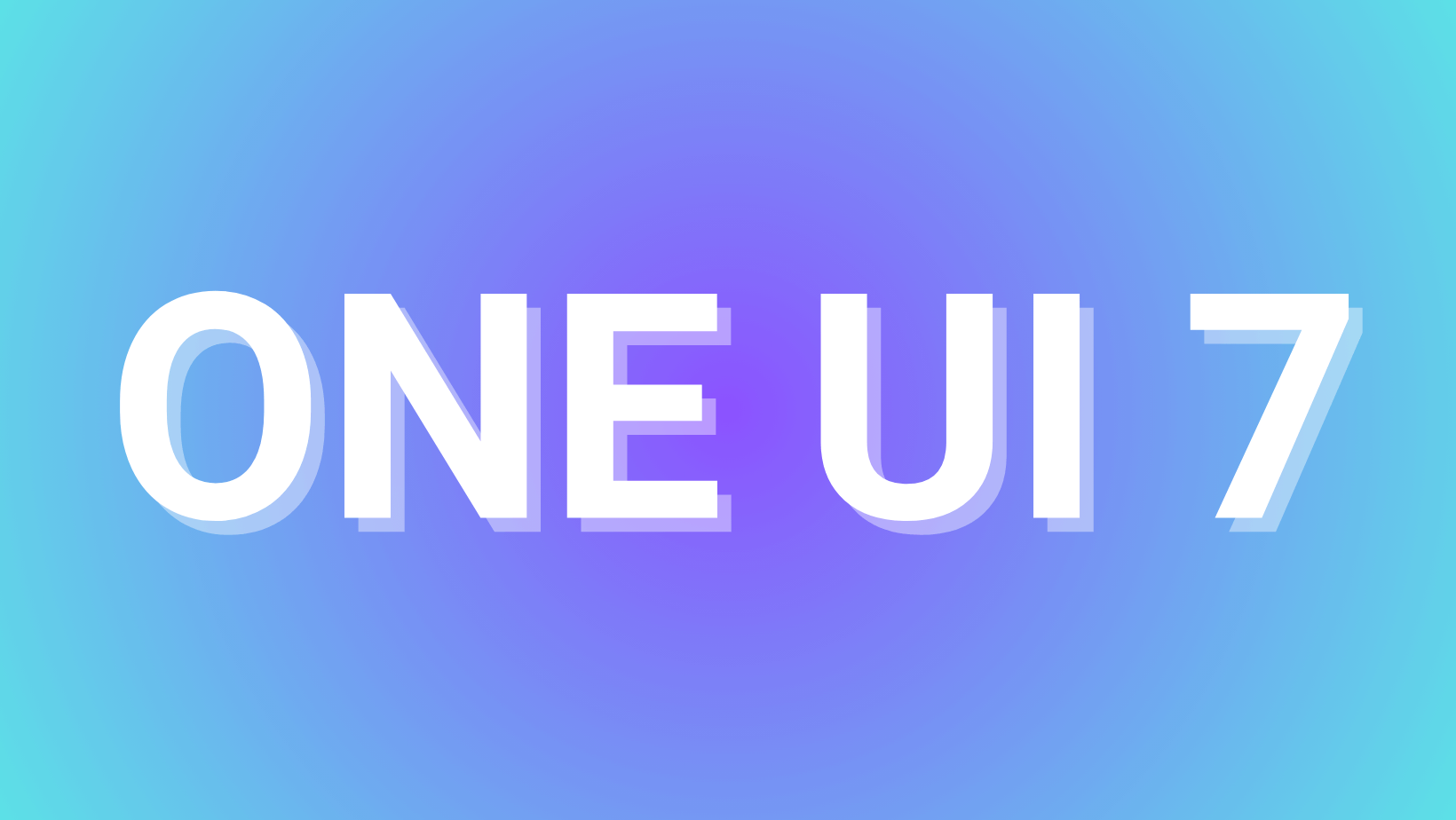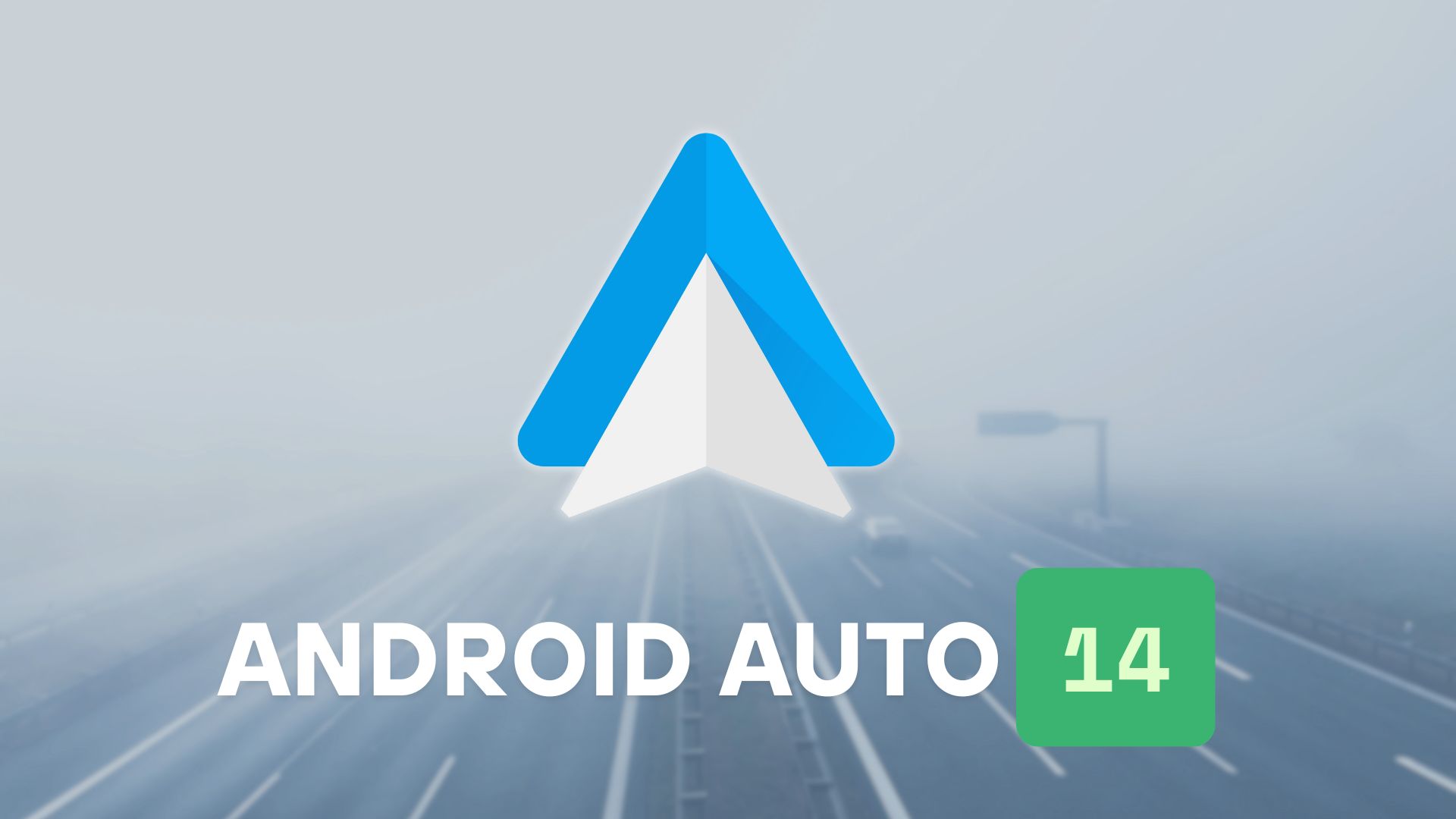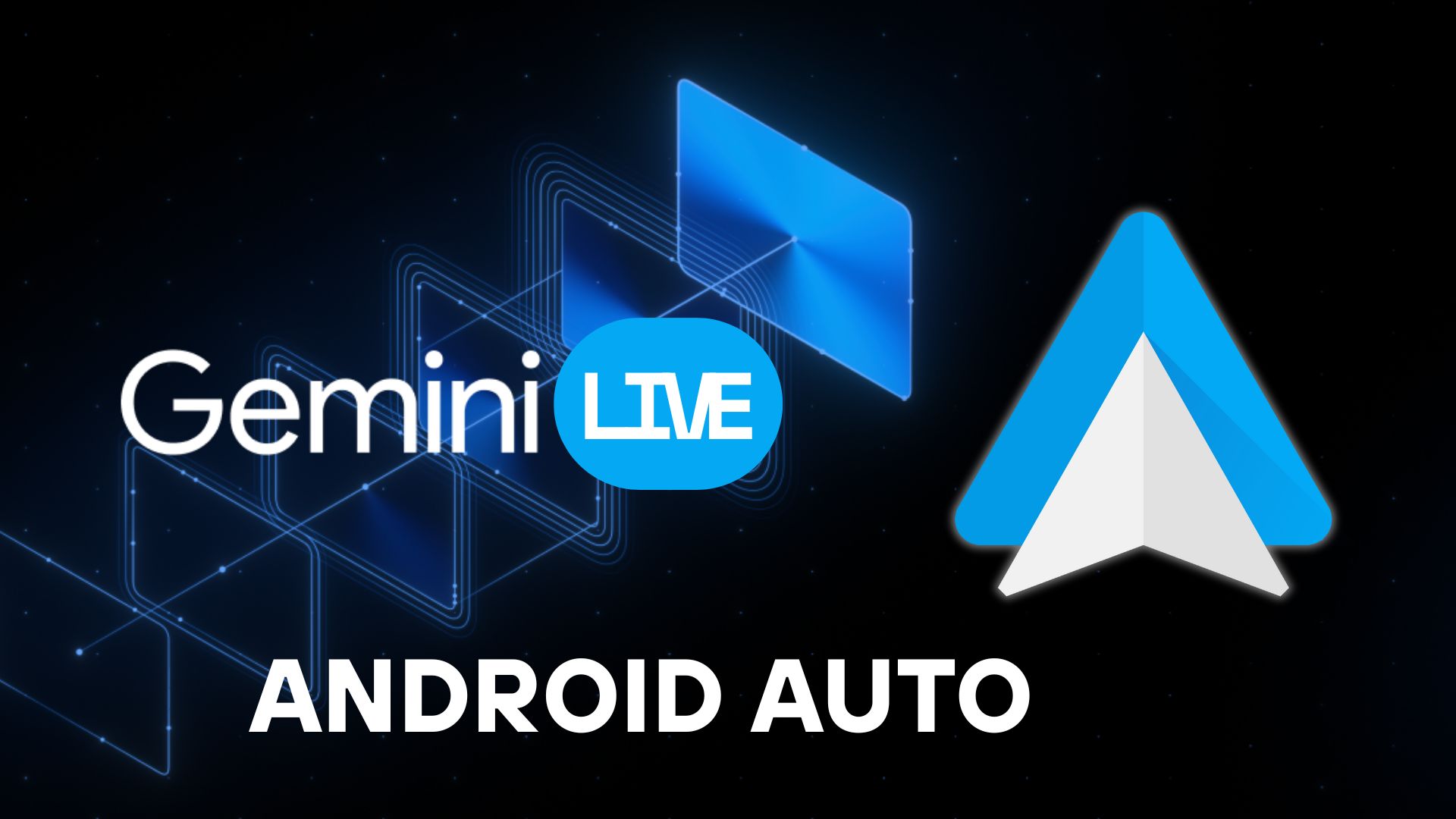Android 16 Beta 4 Released for Google Pixel, Honor, iQOO, Lenovo, OnePlus, OPPO, Realme, vivo, and Xiaomi
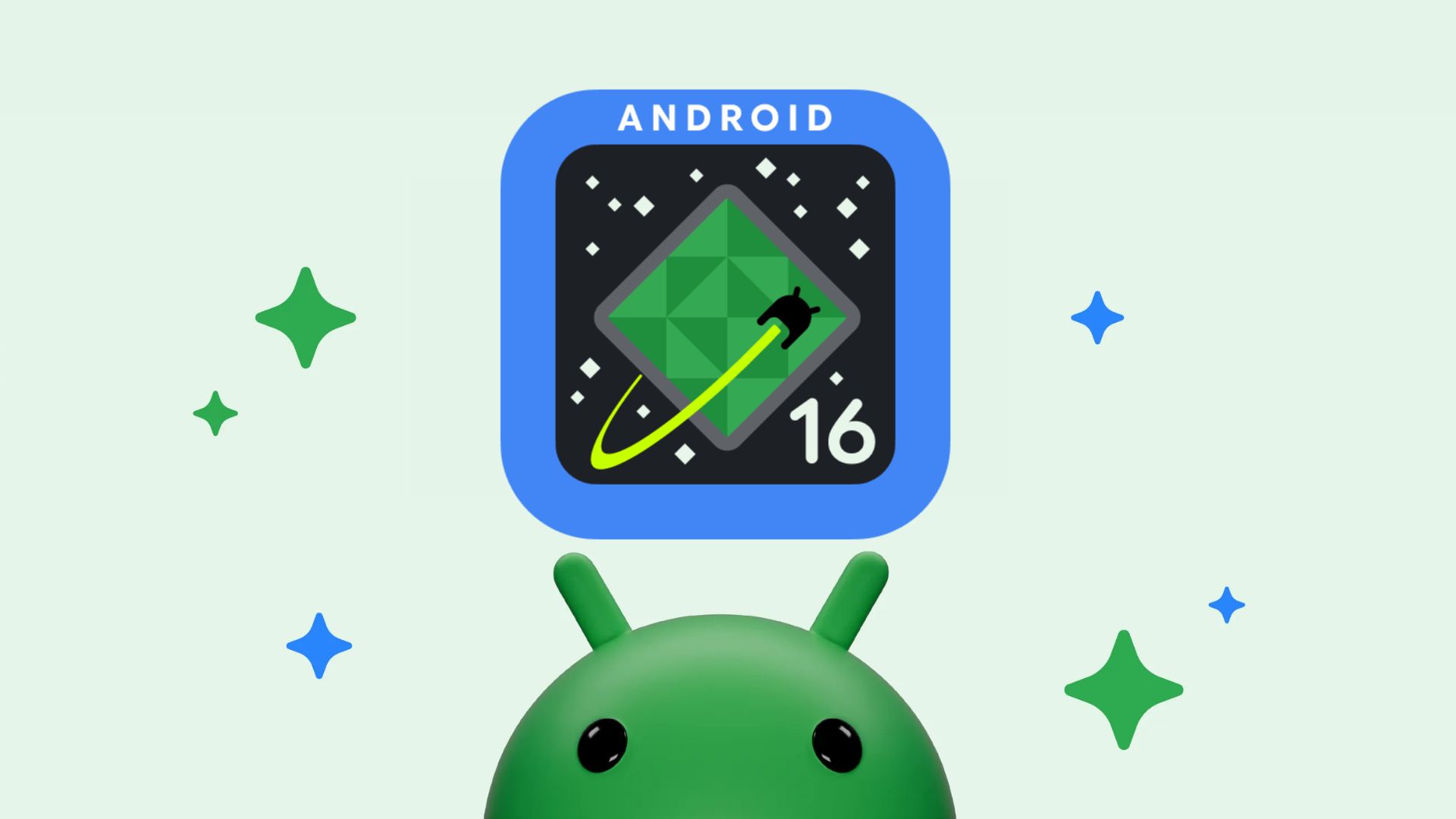
Key Takeaway
- Google released the final Android 16 beta update.
- The next update is expected to be the stable Android 16 release for Google Pixel devices.
- Other smartphone manufacturers like Honor, iQOO, Lenovo, OnePlus, OPPO, Realme, vivo, and Xiaomi are also involved in the Android 16 development.
- Android 16 Beta 4 focuses on stability and includes enhancements for camera applications, graphical effects, and overall performance.
- The update comes with build BP22.250325.007 and the April 2025 security patch.
- Android 16 extends support for Pixel 6 through Pixel 9 Pro, with over 5 years of OS support.
- Pixel 6, 7, and OG Fold are expected to receive Android 17 and above.
Google released the final Android 16 beta update. The next update will possible be the stable Android 16 release for Google Pixel lineup; if there isn’t a hotfix update required. Google also opened the Android 16 deveklopment for other OEMs. Smartphone manufacturers like Honor, iQOO, Lenovo, OnePlus, OPPO, Realme, vivo, and Xiaomi have stepped in.
Following the first Android 16 Beta which started in January 2025, if we exclude the developer previews, Android 16 Beta 4 is a landmark release that solidifies the platform’s stability. No new features have been implemented yet. Here, see what’s new and download Android 16 for your Google Pixel, Honor, iQOO, Lenovo, OnePlus, OPPO, Realme, vivo, and Xiaomi.
All featrues have been implemented into the OS and the next update will only focus on stability. If everything goes as planned, the May 2025 I/O will mark the stable release of Android 16.
Android 16 beta 4 is packed with enhancements that cater to professional camera applications, advanced graphical effects, and overall performance improvements, while also addressing compatibility and accessibility concerns. It comes with build BP22.250325.007 and April 2025 seurity patch level; with Google play services resting at v25.07.34.
The best part of Android 16 is that it extended support for Pixel 6 through Pixel 9 Pro; extending over 5 years of OS support. In fact, Pixel 6, 7, and OG Fold will receive Android 17 and above.

Bug fixes in Android 16 Beta 4
Today we are releasing Android 16 Beta 4 (BP22.250325.007). This update fixes the following issues:
- Issue that impacted haptic performance (Issue #400455826)
- Issue that caused excessive power drain on some devices (Issue #395519809)
- Issue that caused a system restart when a call was answered in some situations (Issue #402639338)
- Issue that caused delayed haptic feedback (Issue #398829454)
- Issue that caused a restart due to screen magnification (Issue #408330740)
- Issue where screen saver did not start (Issue #398963286)
- Issue where phone restarted when ranging API used (Issue #406577030)
Android 16 Beta 4: The Final Countdown Before Official Release
Android continues with the Android 16 beta release with OTA zips and factory images available for Pixel 6 or older devices. Today marks an important milestone for Android 16, as the Beta 4 marks the final scheduled update in the Android 16 beta program. With platform stability now achieved, this release brings crucial fixes and optimizations that developers need to ensure their apps are fully compatible with the upcoming OS version.
As we approach the official Q2 2025 launch, Beta 4 represents the last opportunity for developers to test their applications and provide feedback before Android 16 hits consumer devices worldwide. Let’s dive into what makes this release significant and what developers need to prioritize.
What Beta 4 Means for Developers
Beta 4 is the second platform stability release for Android 16, which means all developer APIs and app-facing behaviors are now finalized. Apps targeting Android 16 can be published to Google Play, giving developers the green light to start updating their production applications.
This release contains the latest fixes and optimizations, providing everything needed to complete thorough testing. Most importantly, it’s available on more devices than ever, including handsets, tablets, and foldables from major manufacturers like Honor, iQOO, Lenovo, OnePlus, OPPO, Realme, vivo, and Xiaomi – making it easier to test on multiple form factors.
Even if you’re not targeting Android 16 yet, several platform changes will affect existing apps. Here are the key areas to focus your testing efforts:
JobScheduler Updates
The JobScheduler system has undergone significant changes in Android 16, with quotas being enforced more strictly. Enforcement will now occur even when:
- A job executes while the app is in the foreground
- A foreground service is running
- The app is in the active standby bucket
Additionally, the setImportantWhileForeground method is now a no-op, and a new stop reason, STOP_REASON_TIMEOUT_ABANDONED, has been introduced for scenarios where an app can no longer stop a job.
Broadcast Changes
Ordered broadcasts using priorities now only work within the same process. If your app relies on cross-process ordering, you’ll need to implement alternative IPC methods.
ART Modifications
If your application uses reflection, JNI, or other means to access Android internals (which has never been recommended), your app might break. Thorough testing is essential if your codebase includes such implementations.
Intent Security Enhancements
Android 16 introduces stronger security measures against Intent redirection attacks. All developers should test their Intent handling mechanisms thoroughly and only opt out of these protections if absolutely necessary.
16KB Page Size Implementation
Android 16 moves to a 16KB page size architecture. While there’s a new compatibility mode flag for apps that aren’t ready for this change, migrating to support 16KB page size is recommended for optimal performance.
Accessibility Improvements
The announceForAccessibility method is now deprecated, requiring migration to recommended alternatives. Additionally, developers should test their apps with the new outline text feature to ensure proper accessibility support.
Bluetooth Enhancements
The platform now handles Bluetooth bond loss differently, which impacts how re-pairing occurs. If your app uses Bluetooth connectivity, testing these scenarios is crucial.
Changes That Apply When Targeting Android 16
Once you update your app’s targetSdkVersion to Android 16, additional changes will come into effect:
User Experience Refinements
Several UX changes will impact apps targeting Android 16:
- Edge-to-edge opt-out options have been removed
- Predictive back navigation requires either migration or explicit opt-out
- The elegant font APIs are now disabled
Core Functionality Improvements
Fixed-rate work scheduling has been optimized for better performance and reliability.
Large Screen Device Adaptations
For better multi-form factor support, orientation restrictions, resizability limitations, and aspect ratio constraints will be ignored on large screen devices. This means layouts must be designed to support all orientations across various aspect ratios.
Health and Fitness Permission Changes
New permission models have been implemented for health and fitness applications, requiring updates for affected apps.
Getting Started with Android 16 Beta 4
Ready to test your app? Here’s how to get started:
- Enroll your device: Any supported Pixel device can be enrolled to receive Android Beta updates over-the-air
- Use the emulator: If you don’t have a compatible device, use the 64-bit system images with the Android Emulator in Android Studio
- Upgrade from previous beta: If you’re already on Android 16 Beta 3 or are enrolled in the Android Beta program, you’ll receive an OTA update to Beta 4
For the best development experience, Google recommends using the latest Canary build of Android Studio Narwhal. Once set up, you should:
- Compile against the new SDK and test in CI environments
- Install your app on a device or emulator running Android 16 for extensive testing
- Report any issues through the official feedback page to help improve the final release
For Devs
With the Android 16 launch scheduled for Q2 2025, time is of the essence for developers to ensure compatibility. Once you’ve published an Android 16-compatible version of your app, you can begin the process of updating your app’s targetSdkVersion.
Google has clarified that there will be no change to the target API level requirements and associated dates for apps in Google Play. The plan remains to have one annual requirement each year, tied to the major API level.
Android 16 Roadmap
Android’s release schedule is evolving in 2025, with two API releases planned:
- Q2 2025: The major release (Android 16) with behavior changes that could affect apps
- Q4 2025: A minor release with feature updates, optimizations, and bug fixes (without intentional app-breaking behavior changes)

Additionally, developers should begin testing with the upcoming Local Network Protection feature, which will give users more control over which apps can access devices on their local network in a future Android major release.
For those eager to dive deeper into Android 16, download resources are available on the official Android 16 developer site.
List of smartphones receiving Android 16
You can install this release on any of the following Google Pixel devices:
- Pixel 6 and 6 Pro
- Pixel 6a
- Pixel 7 and 7 Pro
- Pixel 7a
- Entire Pixel Fold Series
- Pixel Tablet
- Pixel 8 and 8 Pro
- Pixel 8a
- Pixel 9, 9 Pro, 9 Pro XL, and 9 Pro Fold
- Pixel 9a
- Honor,
- iQOO,
- Lenovo,
- OnePlus,
- OPPO,
- Realme,
- vivo, and
- Xiaomi
How To Download & Install Android 16 Beta 4?
The Android 16 Beta is available for all via the Android Beta Program. You can skip the manual installation like the factory image and simply receive the OTA on your device. The easiest way is to Sign up your Pixel device into Android Beta Program. Simply sign in with your Google Account associated with your Pixel phone and follow the instructions.
Alternatively, you can get Android 16 on select Pixel devices by downloading the full Factory Images listed below and install them via the new Android Flash Tool portal.
You will need to enable USB Debugging (ADB access) and OEM Unlocking before flashing the Android beta 1.
Important Links
- Enroll your Pixel device in Android Beta Program
- Android Flash Tool Files (Install)
- Factory Image Files (Downloads)
- Apply OTA images — can be installed without data reset and bootloader unlocking
- Installation Instructions (Install)
- Download Android 16 GSI (Generic System Image)

